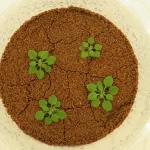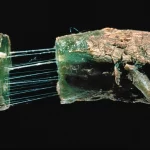Four Plant Pathogens to Look Out for in 2024
Greenhouse growers and indoor farm operators must stay vigilant about evolving greenhouse pathogens, a critical aspect of plant health and productivity. Understanding and managing greenhouse plant diseases is more crucial than ever in ensuring a bountiful and healthy harvest. Here are the top four plant pathogens that greenhouse and indoor farm operators should be vigilant about in 2024.
1. Fusarium oxysporum (Fusarium Wilt)
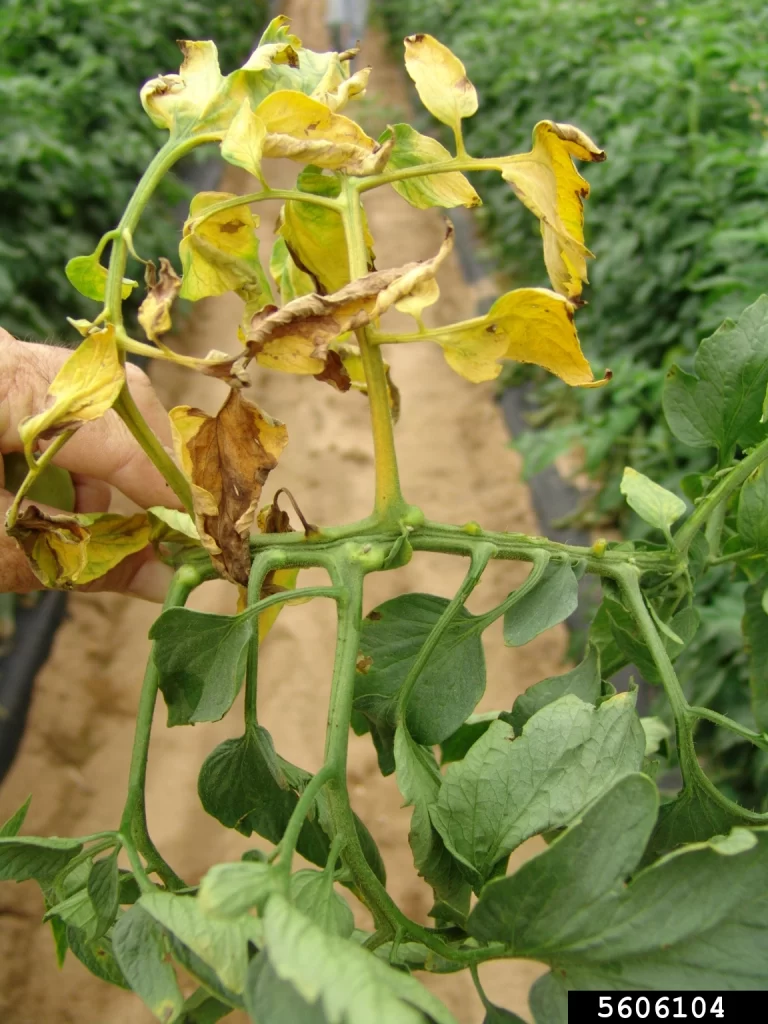
Fusarium oxysporum is a soil-borne fungal pathogen that affects various hosts. It generally produces symptoms such as wilting, chlorosis, necrosis, premature leaf drop, browning of the vascular system, stunting, and damping-off. This pathogen can persist in the soil for long periods, significantly threatening indoor and greenhouse farming. Plant nutrition management can decrease disease severity, with nitrogen, phosphorus, potassium, and calcium being the most critical elements in this regard. Other management strategies include using resistant plant varieties and good hygiene practices. It is important to carefully inspect transplants for any signs of symptoms, such as wilting or stem infection. [1, 2, 3].
Want more plant-microbial content? You can subscribe here:
2. Phytophthora infestans (Late Blight)
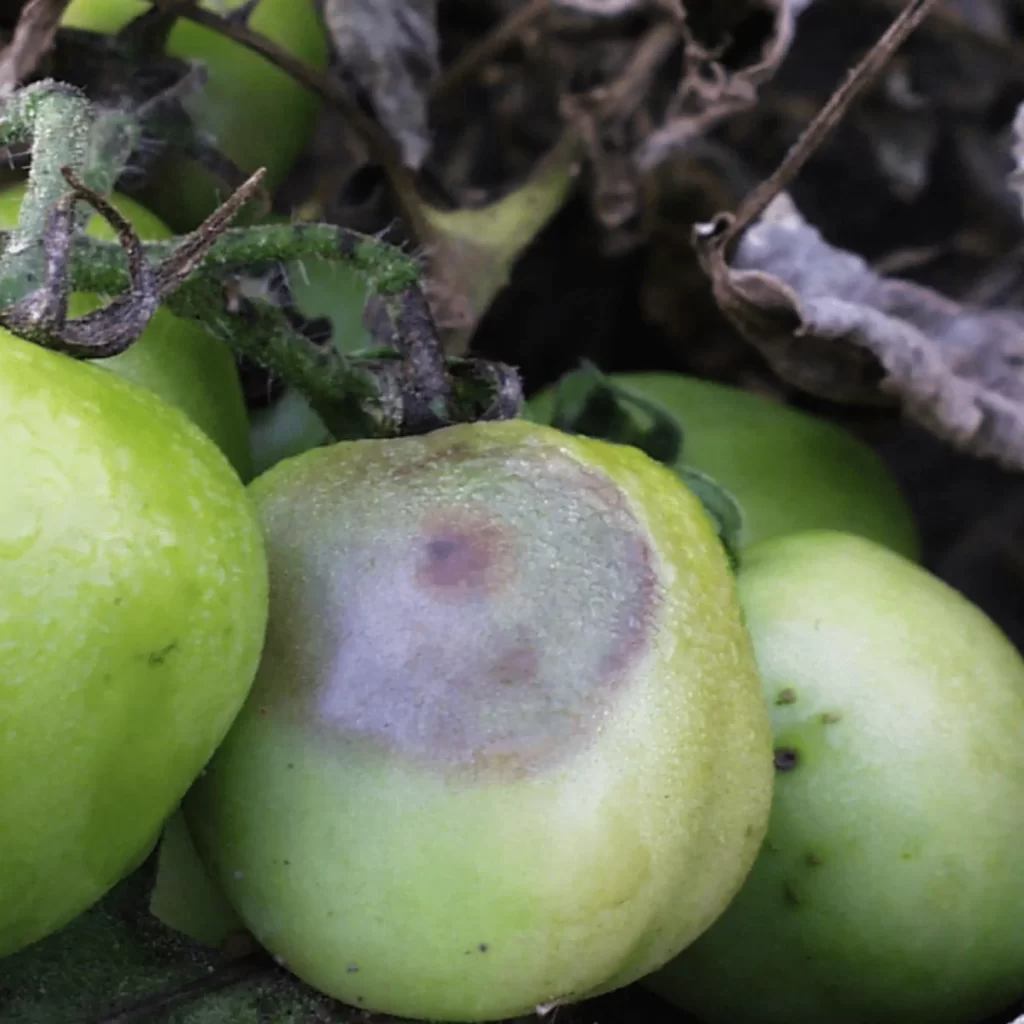
Phytophthora infestans, the causative agent of late blight, is a notorious pathogen affecting many plants, including tomatoes and potatoes. It can infect all plant growth stages, showing late blight, tuber and stem rot symptoms, and lead to 100 percent yield loss. Practical and preventative methods for managing Phytophthora infestans in greenhouses include implementing strict sanitation measures to prevent the introduction and spread of the pathogen. Make sure to sanitize infected areas and dispose of plants properly after outbreaks. Regularly monitoring and using biocontrol agents and Trichoderma spp. can effectively control late blight. [4, 5, 6].
3. Botrytis cinerea (Gray Mold)
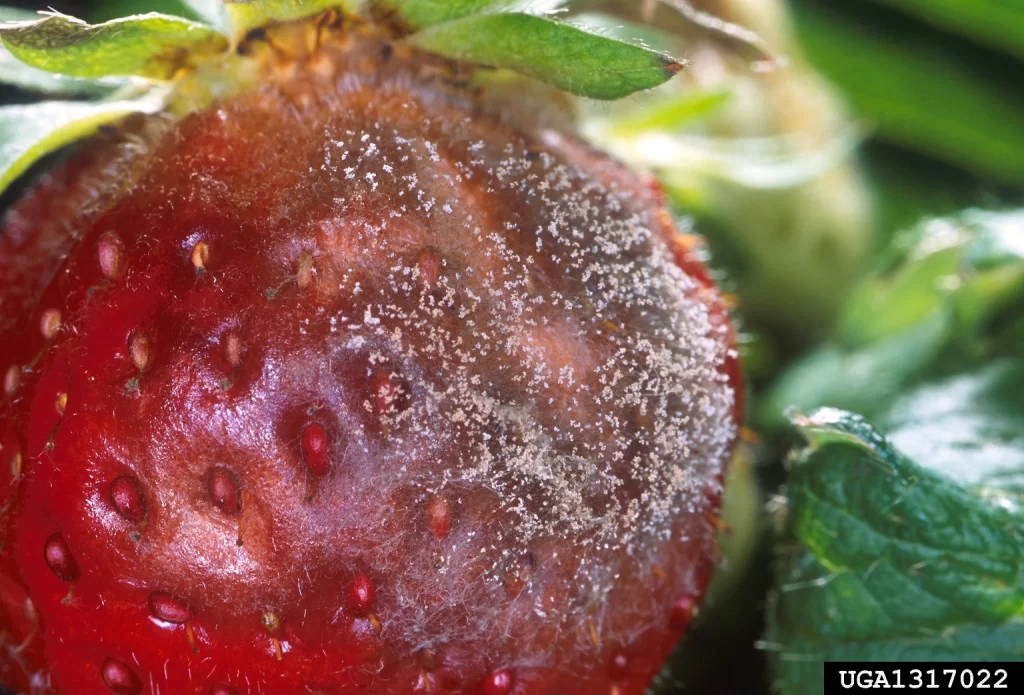
Botrytis cinerea, or gray mould, is a common fungal pathogen that can infect many greenhouse crops. This airborne pathogen can kill tomato cells and produce toxins, causing massive production losses at all development stages and even post-harvest. An integrated program that includes good sanitation practices, environmental control, and monitoring is required to manage Botrytis blight successfully. Strategically controlling humidity and moving air are recommended to minimize moisture on surfaces (mainly plants). Note that repeated use of chemical fungicides with the same mode of action leads to rapid botrytis resistance [7, 8, 9].
4. Xanthomonas campestris (Black Rot)
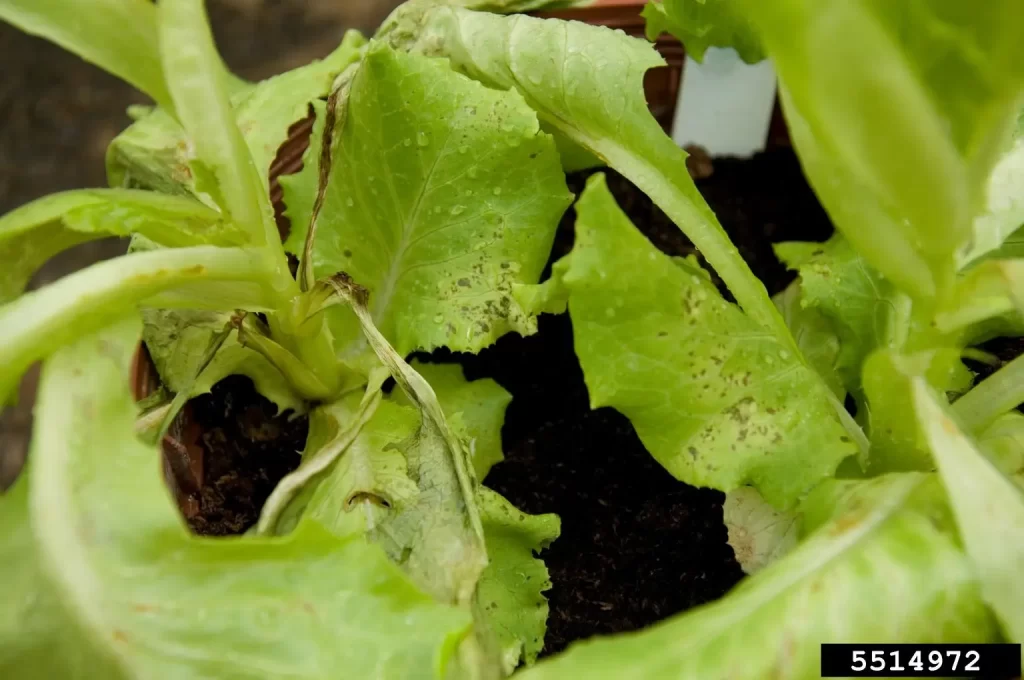
Xanthomonas campestris is a bacterial pathogen that causes black rot disease. Symptoms include blackened leaf veins and irregular V-shaped chlorotic to necrotic lesions at the leaf margins. The disease often starts after harvest of the first cut. By the last cut, infections had spread uniformly across the plots, with symptoms advancing to the point where harvesting was no longer profitable. Management strategies for Xanthomonas campestris generally include good hygiene practices, monitoring, crop rotation, and disease-resistant varieties. Warm and humid weather conditions create favourable conditions for the growth of black rot. Strategic environmental and water schedules are essential in reducing the risk of transmission. Xanthomonas campestris is typically introduced into field or greenhouse settings through contaminated seeds [10, 11].
Disclaimer:
The information we present in Pathogen Profile is based on collating published peer-reviewed scientific literature, and sources we think are reliable. This is by no means an exhaustive review of pathogens. Pathogen Profile gives a small glimpse of what is known about pathogens. We encourage growers to do more research on the pathogens concerning their crops and hydroponic systems. We are not plant pathologists; thus, the information presented in the Pathogen Profile should not be used as professional advice to treat pathogens or operate your system.
Citations:
[1] University of California Agriculture and Natural Resources. Fusarium wilt. From https://ipm.ucanr.edu/agriculture/floriculture-and-ornamental-nurseries/fusarium-wilt/#:~:text=Symptoms%20include%20yellowing%2C%20stunting%2C%20and,the%20roots%20are%20not%20rotted.
[2] University of Minnesota Extension. Fusarium wilt. From https://extension.umn.edu/disease-management/fusarium-wilt
[3] Government of Ontario. Fusarium Stem and Root Rot of Greenhouse Cucumber. From https://www.ontario.ca/page/fusarium-stem-and-root-rot-greenhouse-cucumber
[4] University of Massachusetts Amherst. Garden Retailers: Late Blight Disease. From https://ag.umass.edu/greenhouse-floriculture/fact-sheets/garden-retailers-late-blight-disease
[5] Ivanov, A. A., Ukladov, E. O., & Golubeva, T. S. (2021). Phytophthora infestans: An Overview of Methods and Attempts to Combat Late Blight. Journal of Fungi (Basel), 7(12), 1071. https://doi.org/10.3390/jof7121071
[6] Cornell University. Late Blight. From https://www.vegetables.cornell.edu/pest-management/disease-factsheets/late-blight/
[7] University of Massachusetts Amherst. Botrytis Blight of Greenhouse Crops. From https://ag.umass.edu/greenhouse-floriculture/fact-sheets/botrytis-blight-of-greenhouse-crops
[8] Michigan State University Extension. Botrytis control tips for greenhouse ornamentals. From https://www.canr.msu.edu/news/botrytis-control-tips-for-greenhouse-ornamentals
[9] Penn State Extension. Managing Botrytis or Gray Mold in the Greenhouse. From https://extension.psu.edu/managing-botrytis-or-gray-mold-in-the-greenhouse
[10] University of California Agriculture and Natural Resources. Black Rot. From https://ipm.ucanr.edu/agriculture/cole-crops/black-rot/#:~:text=Black%20rot%20development%2%200is%20favored,field%20situations%20primarily%20on%20seeds
[11] University of Massachusetts Amherst. Brassicas: Black Rot. From https://ag.umass.edu/vegetable/fact-sheets/brassicas-black-rot
Banner image Image by Scott Bauer, USDA Agricultural Research Service, Bugwood.org. https://www.invasive.org/browse/detail.cfm?imgnum=1317022#javascript:fullscreen()
![]()
David Santos is the COO/CMO of Healthy Hydroponics InnoTech


